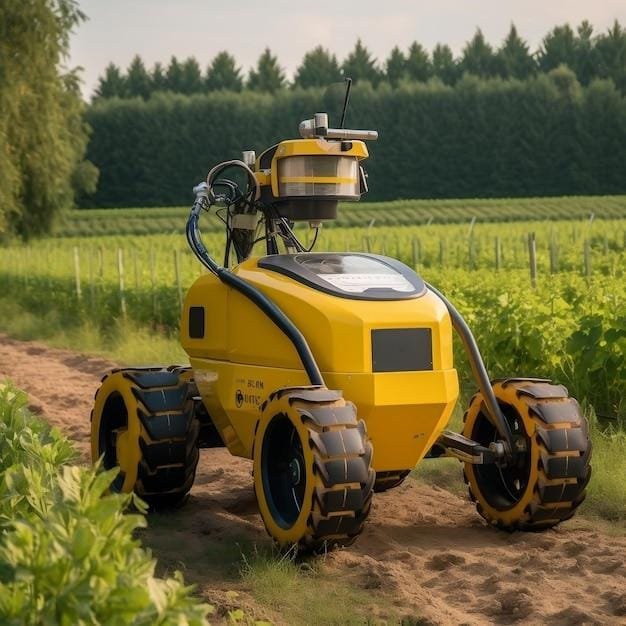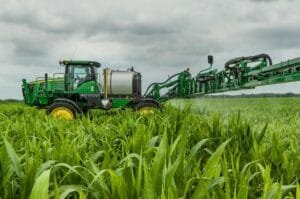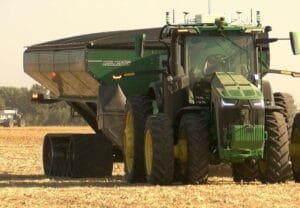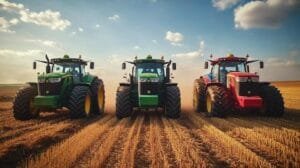Autonomous tractors and robotic milkers are revolutionizing the agricultural landscape, promising to significantly enhance efficiency and productivity. The introduction of these technologies is driven by pressing needs: reducing labor costs, coping with an aging workforce, and mitigating the impacts of climate change. Autonomous tractors, equipped with advanced computer vision and AI, allow farmers to remotely control multiple units simultaneously, dramatically improving the management of extensive agricultural operations.
In dairy farming, robotic milking systems have become a vital component, not only reducing labor but also optimizing the milking process to maintain high hygiene standards. These systems can manage multiple cows at once, significantly lowering the risk of contamination and ensuring continuous production. The efficiency of these robots is highlighted by their ability to streamline milking, thereby saving substantial time that would otherwise be spent on manual labor.
Despite the progress made, there remains a subtle logical inconsistency about the long-term sustainability of certain autonomous farming practices. While autonomous tillage solutions offer the advantage of round-the-clock operations during critical periods, they might inadvertently conflict with the no-tillage movement, which has gained recognition for its environmental benefits. No-tillage practices aim to minimize soil disturbance, thereby reducing erosion and enhancing soil health, but the relentless operation of autonomous tractors could undermine these efforts by maintaining continuous activity on the land.
The application of autonomous machinery extends beyond tillage to tasks such as feed management. Dairy farmers are leveraging electric and autonomous machinery to optimize feed schedules, which can significantly impact milk production. Research indicates that an increase in quality feed can lead to an appreciable rise in milk yield per cow, further enhancing farm profitability.
From a technical standpoint, these innovations transform traditional tractors into multifaceted platforms that combine energy efficiency, data collection, and robotics. By integrating these elements, farmers can optimize resource allocation and track sustainability metrics more effectively. While early adoption rates are encouraging, broader acceptance of autonomous tractors will depend on several factors, including cost feasibility and local regulatory frameworks.
The evolving landscape of agricultural technology also involves more nuanced considerations regarding the interplay of technological advancements and environmental sustainability. As agriculture moves towards greater automation, it must balance increased productivity with sustainable practices that minimize ecological impact. Autonomous systems, particularly when applied judiciously, can play a pivotal role in supporting sustainable agricultural practices by optimizing resource use and reducing waste.
Lastly, it’s worth noting that the integration of autonomous technology varies widely across different agricultural sectors. In row crop farming, for instance, automated steering has been widely adopted, significantly improving planting and harvesting accuracy. However, in livestock operations, the transition to automation often poses more complex challenges, requiring tailored solutions like robotic milkers that must adapt to diverse farm conditions and management systems.
In the broader context of agricultural modernization, the advent of autonomous tractors and robotic milking systems signals a new era in farming efficiency and productivity. These technologies are poised to reshape not only how crops are planted and harvested but also how livestock is managed, underscoring a future where farming integrates increasingly sophisticated machinery with traditional practices to meet the demands of a changing climate and a growing global population.







